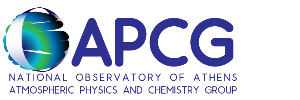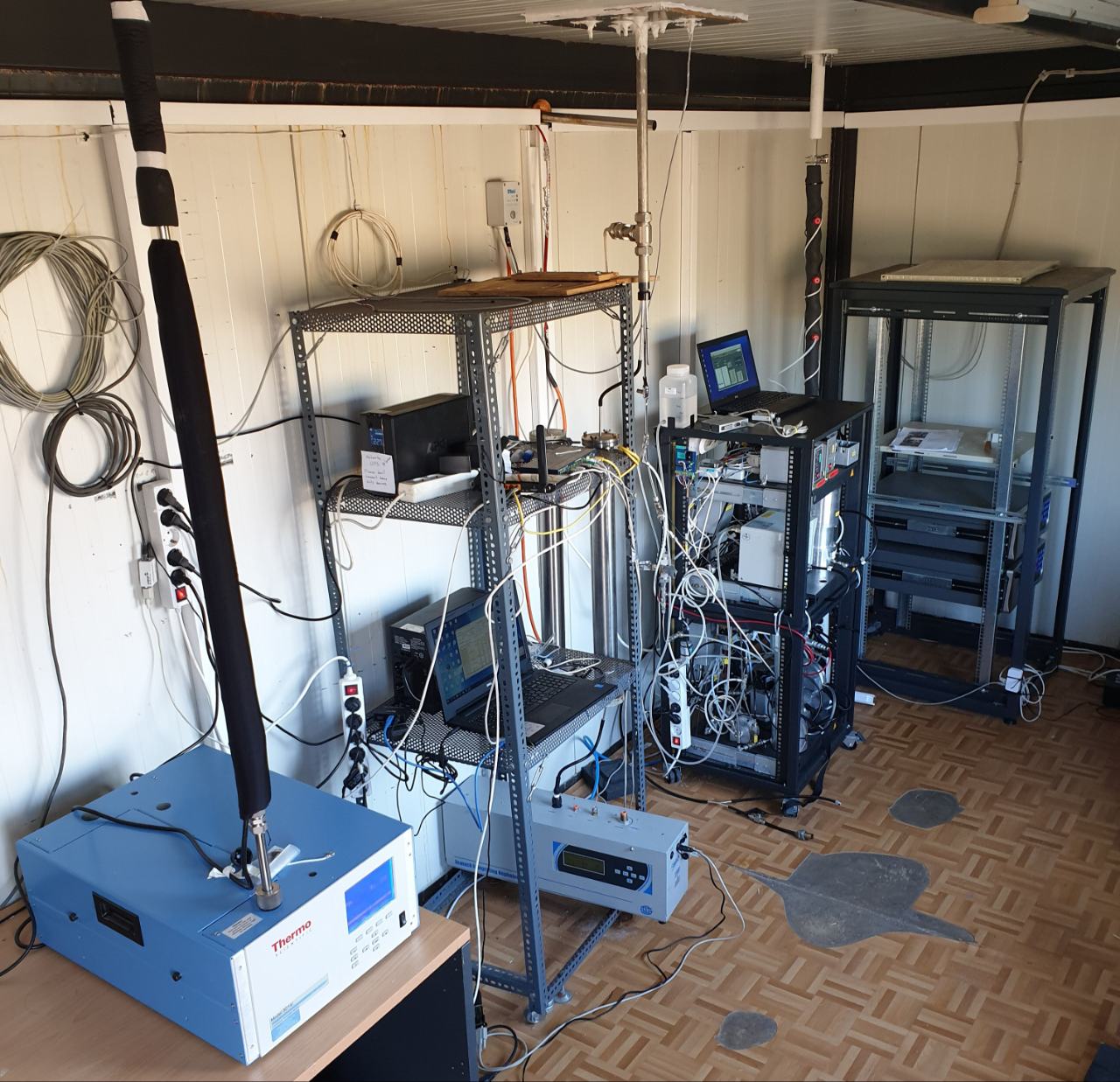Navarino Environmental Observatory (NEO), a cooperation between Stockholm University, the Academy of Athens and TEMES S.A., is dedicated to research and education on the climate and environment of the Mediterranean region. In this framework NEO researchers in collaboration with the Institute for Environmental Research and Sustainable Development of the National Observatory of Athens (IERSD/NOA) and the National Hellenic Meteorological Service have established an Atmospheric Observation Station at Regional unit of Messinia. The NEO atmospheric monitoring station operates at Methoni, a coastal site at SW Greece (36° 49' 32'' N, 21° 42' 17'' E, 50 m a.s.l.), to track climate change signals and air pollution. It is an important part of a European Network and fills the gap of missing data from this part of Europe.
The role of the site is to maintain long term monitoring of aerosol physical, chemical and optical properties, in an attempt to shed light on the factors that control their levels and variability as well as to discriminate the relevant contribution from long range transport versus local sources, with emphasis on the role of biomass burning (branches burn - oil trees harvest, domestic heating).
|
Panoramic view of the NEO station |
The interior design of the NEO station |
Among the parameters measured are:
- Scattering coefficient at 530 nm monitored by means of a nephelometer (M903, Radiance Research) under a flow of 5 lpm, at five minute resolution. The instrument is coupled with a silica gel dryer to provide measurement in dry conditions.
- Absorption coefficient quantified as a function of Black Carbon (BC) with a single wavelength aethalometer (model AE-16, Magee Scientific) at 880 nm, sampling at 7.5 lpm with five-minute resolution. The aethalometer data are corrected for multiple scattering and shadowing effects according to Weingartner et al (2003).
- Aerosol size distributions in the 0.4-20 μm aerodynamic diameter range monitored by a custom made DMPS (Sweden SU) and an Aerodynamic Particle Sizer (APS-3321, TSI).
- PM10 sampling and chemical composition on campaign basis (summer 2012, winter 2013) and semi continuously (15days/month) since March 2016.
- Gas analyzers: O3, CO



